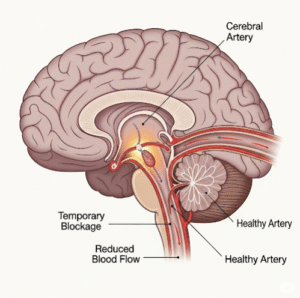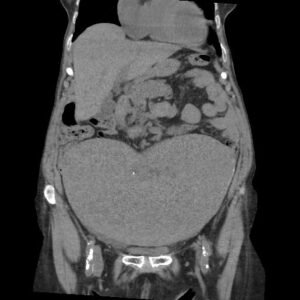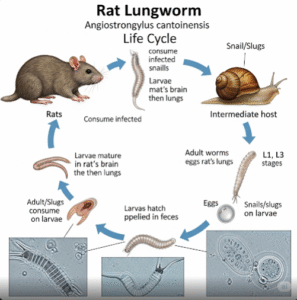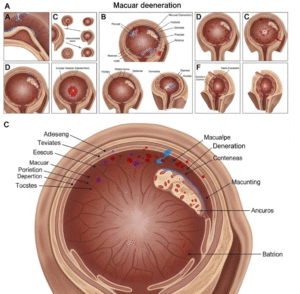Overview
Heart valve disease refers to conditions affecting one or more of the heart’s valves, which regulate blood flow through the heart chambers. In Korea, advances in cardiology and cardiac surgery allow for early diagnosis and minimally invasive treatment, improving outcomes and reducing complications for patients with valve disorders.
What is Heart Valve Disease?
Heart valve disease occurs when heart valves either narrow (stenosis) or leak (regurgitation), disrupting normal blood flow. This can affect the mitral, aortic, tricuspid, or pulmonary valves. Both congenital and acquired causes exist, and the condition can affect people of all ages, though it is more common in older adults.
Symptoms
- Shortness of breath, especially during activity or when lying down
- Fatigue and reduced exercise tolerance
- Swelling in legs, ankles, or abdomen
- Heart palpitations or irregular heartbeat
- Chest pain or discomfort
- Fainting or dizziness
- Heart murmur detected during a medical exam
Causes
- Congenital heart defects present from birth
- Rheumatic fever causing valve damage (less common in Korea due to widespread treatment)
- Degenerative changes from aging
- Infections such as endocarditis
- Previous heart attacks or ischemic damage affecting valves
Risk Factors
- Aging (degenerative valve changes)
- History of rheumatic fever
- Congenital heart defects
- High blood pressure or coronary artery disease
- Infections affecting the heart
- Genetic predisposition or family history of valve disease
Complications
If untreated, heart valve disease can lead to:
- Heart failure due to impaired blood flow
- Arrhythmias or atrial fibrillation
- Stroke from blood clots
- Pulmonary hypertension
- Sudden cardiac death in severe cases
- Reduced quality of life due to chronic symptoms
Prevention
- Regular medical check-ups and echocardiograms for at-risk individuals
- Timely treatment of infections to prevent endocarditis
- Maintaining healthy blood pressure and cardiovascular health
- Avoiding smoking and controlling cholesterol and diabetes
- Awareness of congenital heart conditions in children and early intervention
Treatment Options in Korea
Treatment in Korea depends on the type and severity of the valve disease:
- Medications:
- Diuretics, beta-blockers, anticoagulants, and vasodilators to manage symptoms and prevent complications
- Minimally invasive procedures:
- Transcatheter aortic valve replacement (TAVR) and percutaneous mitral valve repair
- Surgical interventions:
- Open-heart surgery for valve repair or replacement, using mechanical or bioprosthetic valves
- Follow-up care:
- Regular echocardiograms and cardiology consultations to monitor valve function
- Specialized hospitals:
- Leading cardiac centers such as Samsung Medical Center, Asan Medical Center, and Seoul National University Hospital provide advanced surgical and interventional care
- Lifestyle management:
- Exercise tailored to cardiac tolerance, dietary modifications, and managing comorbid conditions
With timely diagnosis and appropriate treatment, patients in Korea with heart valve disease can lead active lives and reduce the risk of severe complications.













